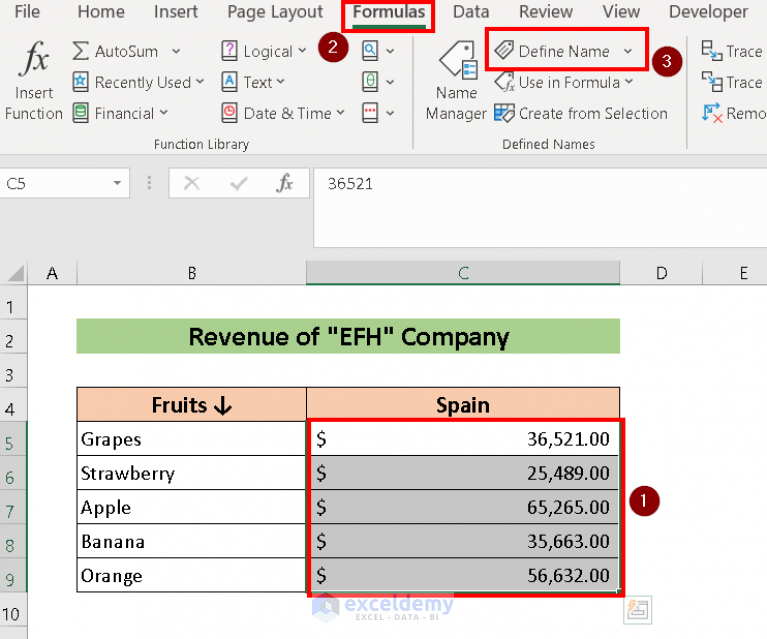5 Ways to Link Sheets in Excel Easily

Linking data between different sheets in Excel can significantly boost your productivity and make your data analysis more dynamic. Whether you're managing a complex project, compiling financial reports, or simply trying to keep personal records organized, knowing how to link sheets effectively can save time and reduce errors. Here are five straightforward methods to achieve this:
Method 1: Using Cell References

This method involves creating links using cell references:
- Start by clicking on the cell where you want the link to appear.
- Press the equals (=) sign to start the formula.
- Go to the sheet where the source cell is located.
- Click on the source cell, which will automatically generate a reference to that cell.
- Press Enter to link the cells.
🔹 Note: Ensure that the sheet names and cell references remain consistent to avoid broken links.
Method 2: Using Named Ranges

Named ranges can simplify your formulas, making them easier to read and maintain:
- Define a named range by selecting the cells you want to name.
- Go to Formulas > Define Name.
- Enter a name for the range and click OK.
- Now, you can use this name in formulas instead of cell references.
🔹 Note: Use this method when you frequently need to reference the same range of cells across different sheets.
Method 3: Utilizing the HYPERLINK Function

The HYPERLINK function is ideal for creating clickable links to other sheets:
- Use the formula:
=HYPERLINK("#'SheetName'!CellReference", "Link Text") - Replace 'SheetName' with the name of your sheet, CellReference with the cell you want to link to, and "Link Text" with the text for the link.
- This will create a clickable link in the cell where the formula is placed.
Method 4: Creating Data Consolidation

Consolidate data from multiple sheets into one with the Consolidate feature:
- Select the cell where you want to show the consolidated data.
- Go to Data > Consolidate.
- Choose the function (sum, average, etc.) and select the ranges from different sheets.
- Click OK to consolidate the data.
🔹 Note: This method is particularly useful when dealing with similar data formats across multiple sheets.
| Feature | Method 1 | Method 2 | Method 3 | Method 4 |
|---|---|---|---|---|
| User Interaction | Low | Medium | High | Medium |
| Complexity | Simple | Moderate | Simple | Moderate |
| Maintainability | Medium | High | Low | High |
| Use Case | Single cell links | Multiple cell links | Navigation | Data summary |

Method 5: VLOOKUP with Multiple Sheets

VLOOKUP can be adjusted to search across multiple sheets:
- Enter the VLOOKUP formula in the cell where you want the result to appear.
- Adjust the formula to reference different sheets. Here's an example:
=VLOOKUP(A1, 'Sheet1'!$A$1:$B$10, 2, FALSE)
🔹 Note: Remember that VLOOKUP searches from left to right, so ensure your data is arranged accordingly.
In summary, linking sheets in Excel can streamline your work by allowing you to access and analyze data dynamically. Methods range from simple cell references to using VLOOKUP across multiple sheets, each with its own benefits for different scenarios. By mastering these techniques, you can make your Excel workbooks more interconnected and efficient, enhancing your ability to work with large datasets or complex projects. With these tools at your disposal, Excel becomes a more powerful ally in managing and analyzing information.
What is the easiest way to link data between sheets in Excel?

+
The simplest method is using cell references to directly link data from one sheet to another.
How can I ensure my links between sheets are always up-to-date?

+
Ensure that you update any changes in the source data, and Excel will automatically reflect these changes in linked cells unless the links are broken.
Can I create dynamic links that change based on user input?

+
Yes, by using formulas like VLOOKUP or MATCH, you can dynamically update data from one sheet to another based on user input or selected criteria.